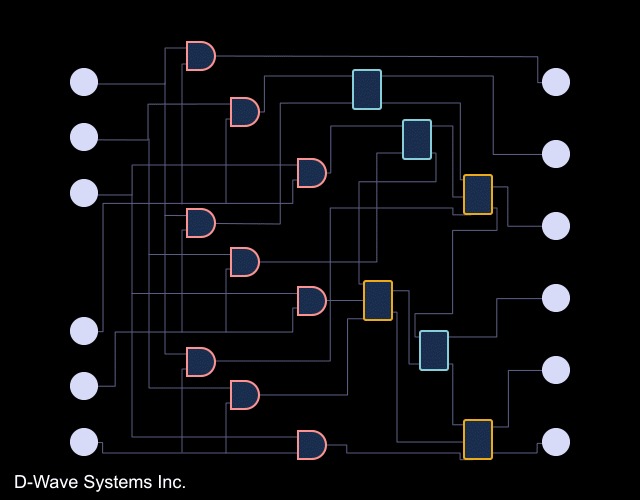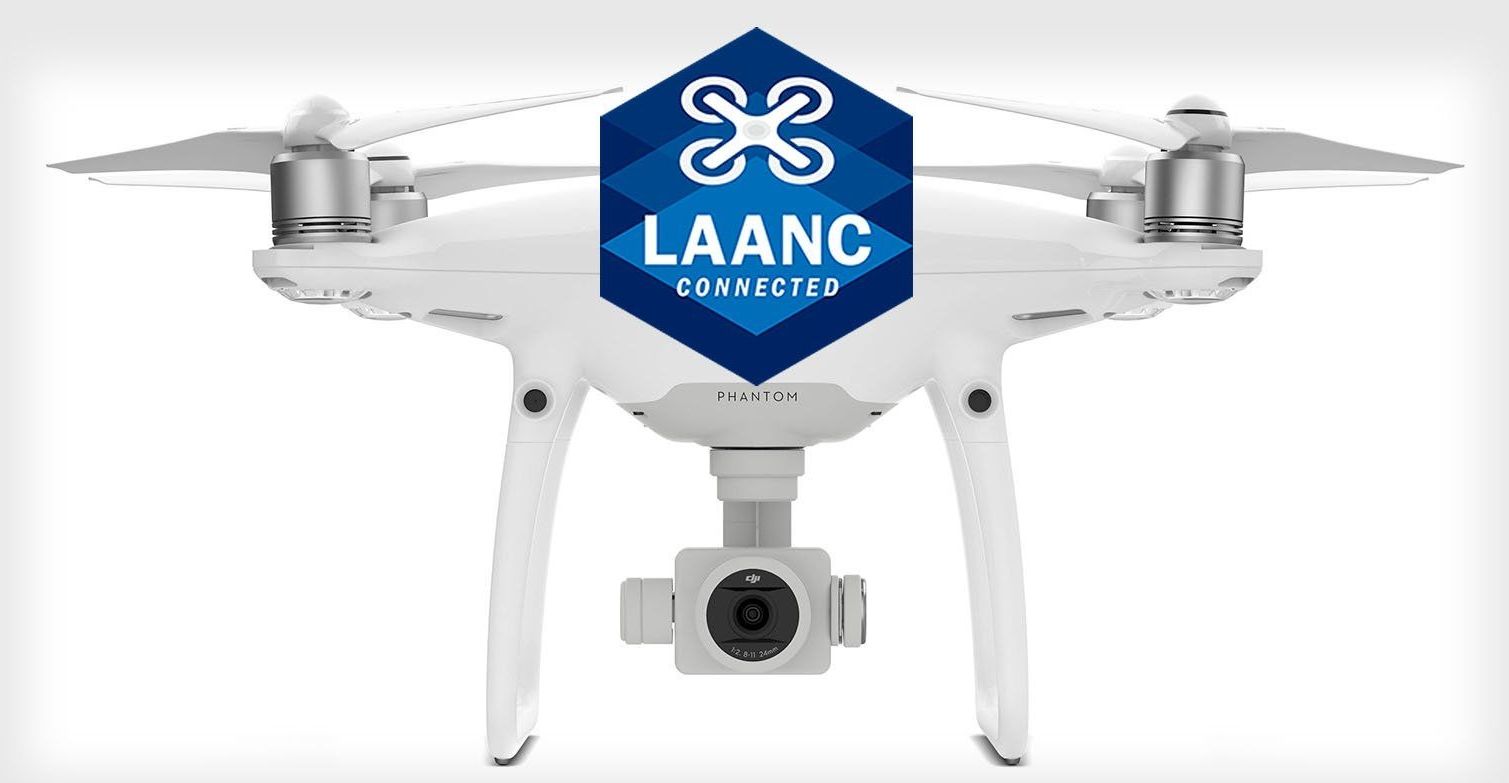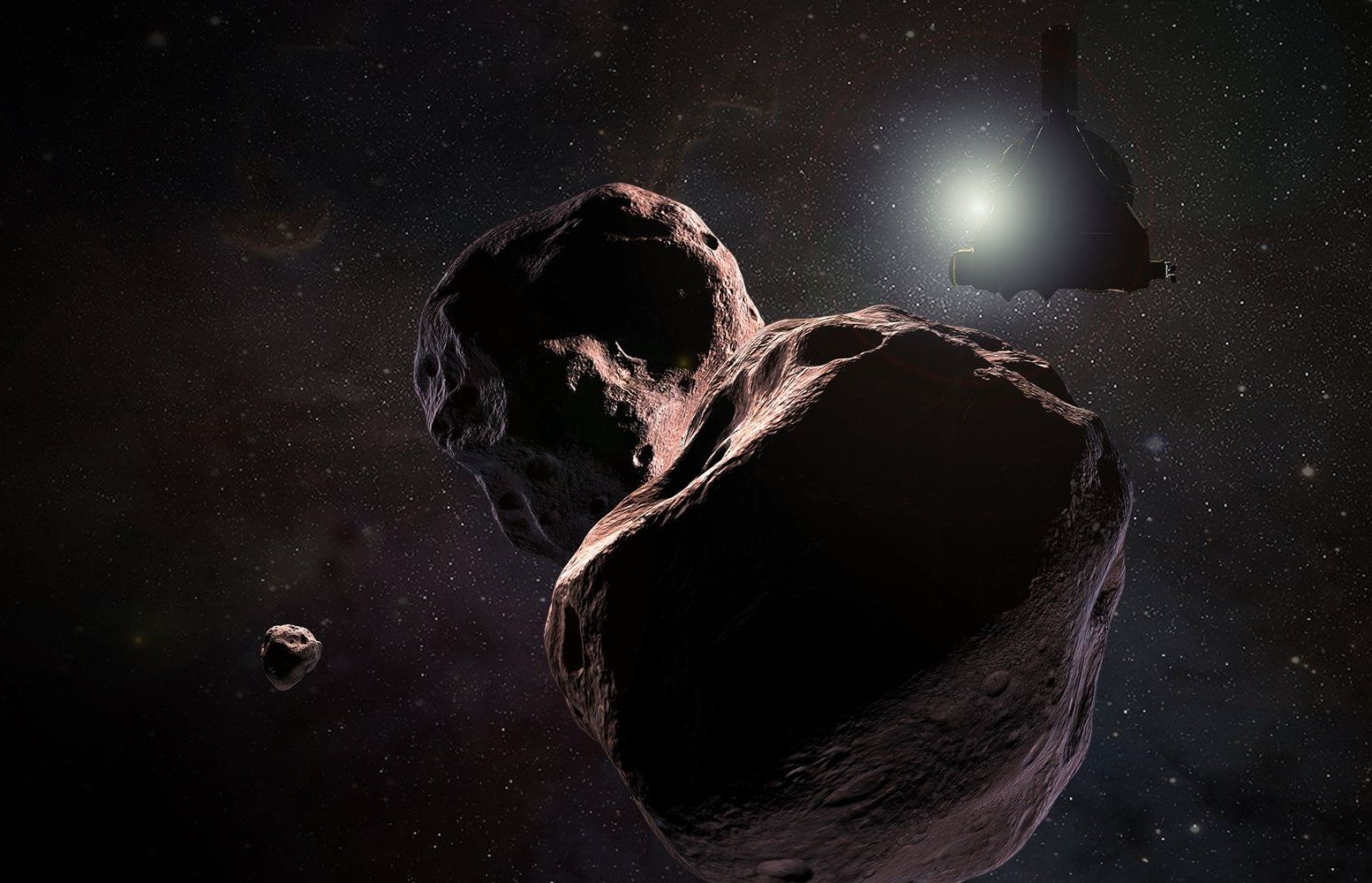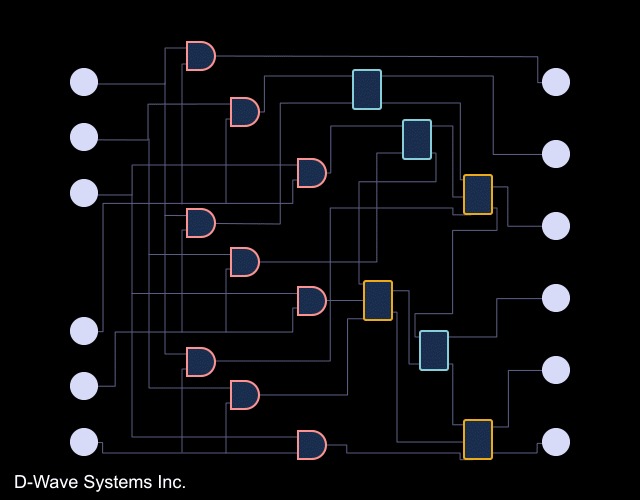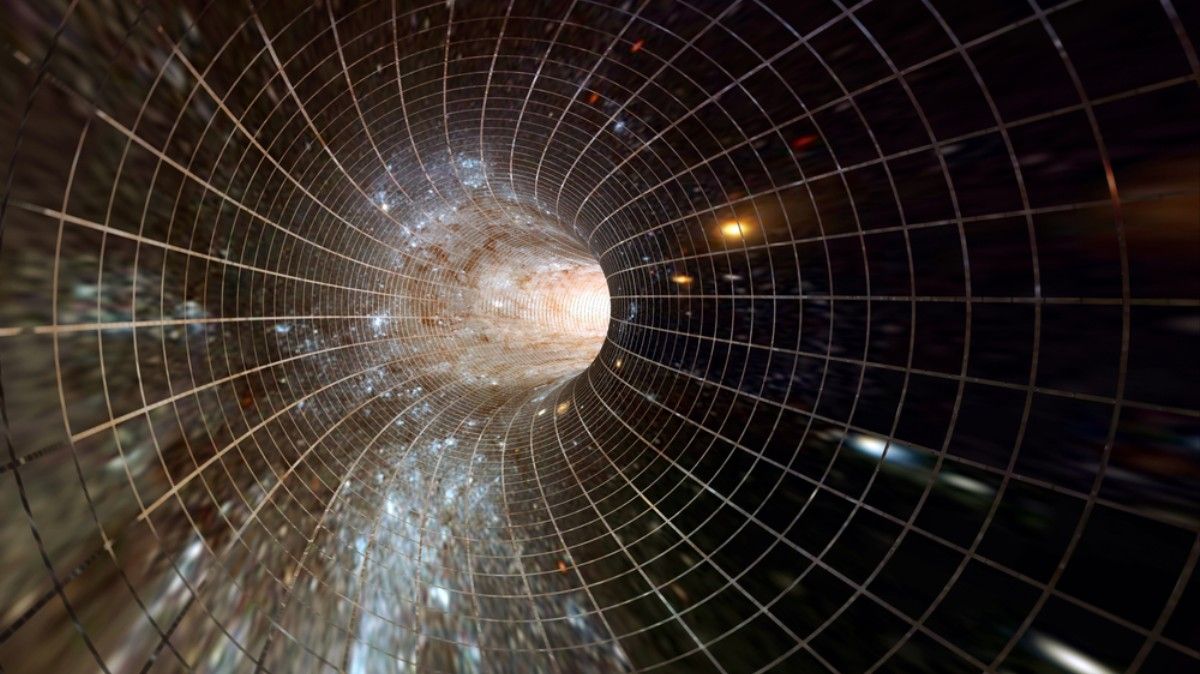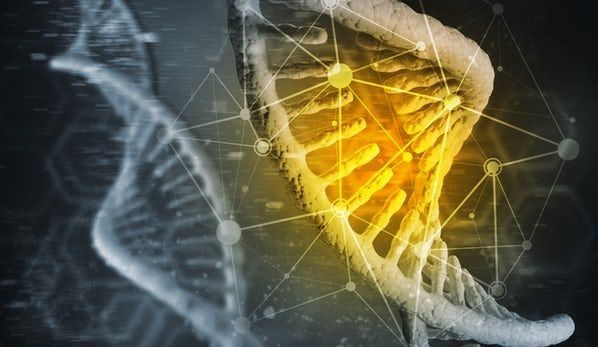Page 8568
Oct 2, 2018
DJI Can Now Authorize Drone Flights in Controlled Airspace
Posted by Genevieve Klien in categories: drones, government
DJI now has the US government’s permission to authorize drone flights in controlled airspace near airports.
The FAA has approved DJI as part of its Low Altitude Authorization and Notification Capability (LAANC) program. The agency rigorously tested and validated DJI’s technology capabilities before giving its stamp of approval.
DJI was one of 9 companies that were just newly authorized. The other eight are Aeronyde, Airbus, AiRXOS, Altitude Angel, Converge, KittyHawk, UASidekick, and Unifly.
Continue reading “DJI Can Now Authorize Drone Flights in Controlled Airspace” »
Oct 2, 2018
SpaceX’s Starlink satellites may use unique solar array deployment mechanism
Posted by Genevieve Klien in categories: materials, satellites
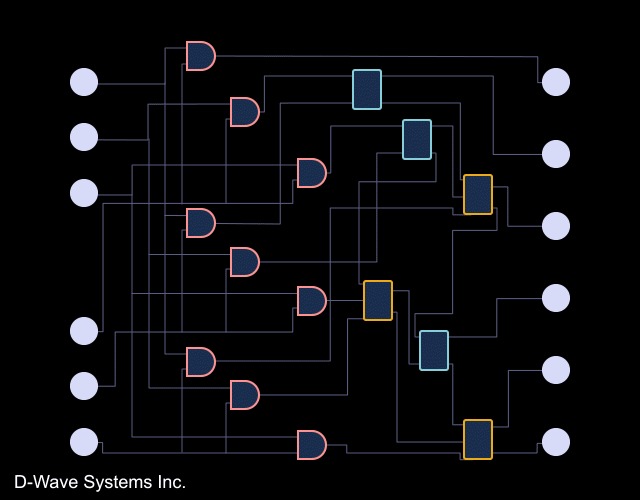
Spotted on an official SpaceX T-shirt commemorating Starlink’s first two prototype satellites and corroborated through analysis of limited public photos of the spacecraft, SpaceX appears to be testing a relatively unique style of solar arrays on the first two satellites launched into orbit, known as Tintin A (Alice) and B (Bob).
It’s difficult to judge anything concrete from the nature of what may be immature prototypes, but SpaceX’s decision to take a major step away from its own style of solar expertise – Cargo Dragon’s traditional rigid panel arrays – is almost certainly motivated by a need to push beyond the current state of the art of satellite design and production.
Continue reading “SpaceX’s Starlink satellites may use unique solar array deployment mechanism” »
Oct 2, 2018
New Horizons Sails Through ‘Final Exam’ Before Ultima Thule Encounter
Posted by Genevieve Klien in category: space
NASA’s New Horizons team has passed its ‘final exam’ ahead of the probe’s Jan. 1 flyby of the distant object dubbed Ultima Thule.
Oct 2, 2018
University of Michigan professor wins Nobel Prize in Physics
Posted by Genevieve Klien in category: physics
University of Michigan professor and Frenchman Gerard Mourou won a Nobel Prize in Physics on Tuesday for work with lasers. (Photo: Getty Images)
Oct 2, 2018
Indonesia Earthquake, Tsunami Death Toll Rises to 1,234 as Rescues Resume
Posted by Genevieve Klien in category: futurism
Here’s the latest after a powerful earthquake struck the Indonesian island of Sulawesi, triggering a tsunami.
Oct 2, 2018
Scientists may have uncovered an entire new whale species
Posted by Genevieve Klien in categories: law, sustainability

(CNN) — Scientists believe a fossil found at a landfill in California belongs to an extinct species of whale that lived between 4 and 7 million years ago.
The seven-ton fossil was unearthed in June during a construction excavation at the Prima Deshecha landfill in San Juan Capistrano, Orange County Waste & Recycling announced in a statement.
Continue reading “Scientists may have uncovered an entire new whale species” »
Oct 2, 2018
Atom Smasher Detects Hints of New Unstable Particle
Posted by Genevieve Klien in category: particle physics
The Large Hadron Collider, a massive particle accelerator near Geneva, Switzerland, just discovered two new baryons and hints of a meson.
Oct 2, 2018
DARPA Is Researching Quantized Inertia, a Theory Many Think Is Pseudoscience
Posted by Genevieve Klien in category: futurism
Oct 2, 2018
Controversial study suggests child abuse may leave a detectable DNA biomarker
Posted by Genevieve Klien in categories: biotech/medical, genetics
The field of epigenetics sits precariously on the precipice of the classic nature versus nurture debate. Instead of a simple environment versus genetics dichotomy, epigenetic examines how specific genes are either switched on or off through external forces encountered in a person’s lifetime. Striking new research from scientists at the University of British Columbia and Harvard University is suggesting that adults who were victims of abuse as children may carry an imprint of that trauma in regions of their DNA.
